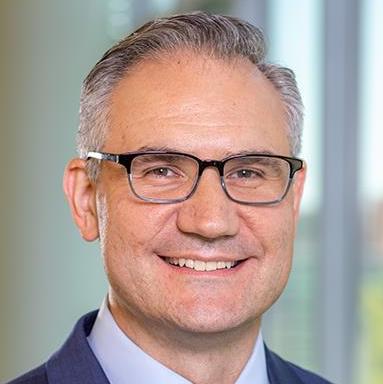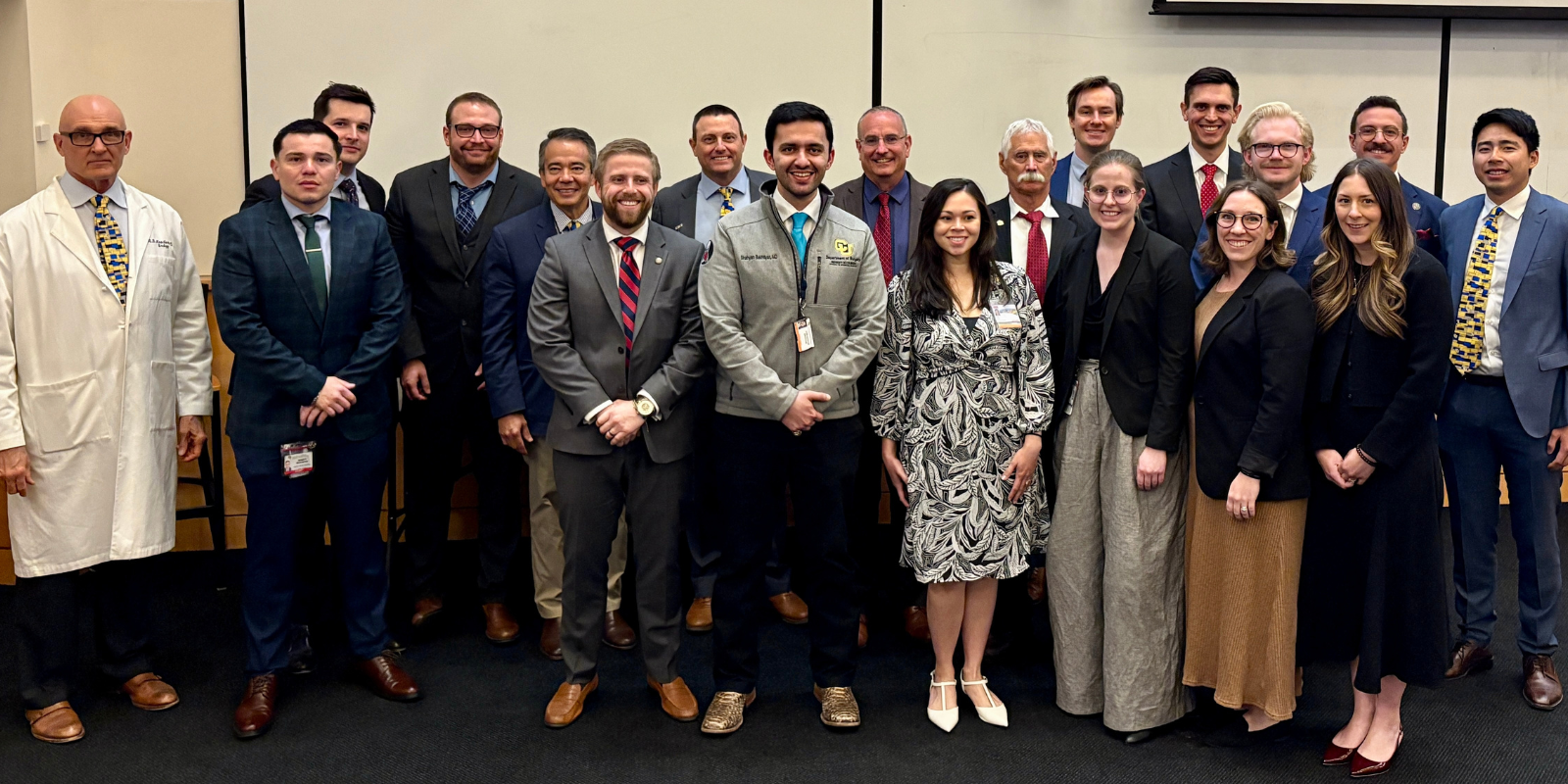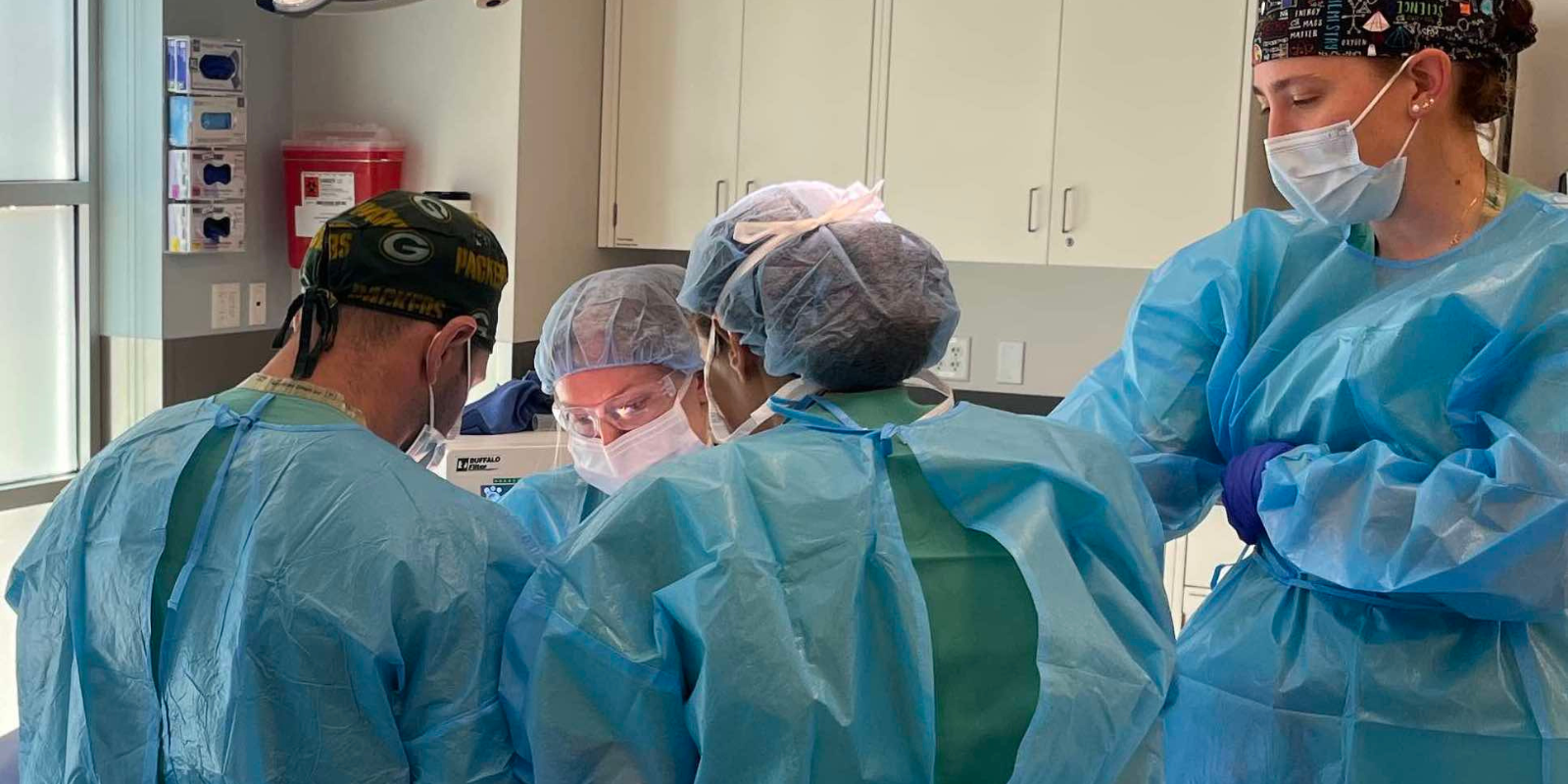The University of Colorado Department of Surgery recently received accreditation for a new burn surgery fellowship that will allow aspiring burn surgeons to enter the field faster.
The new surgical critical care fellowship with a burn focus, explains Arek Wiktor, MD, associate professor of GI, trauma, and endocrine surgery at the CU School of Medicine, combines the critical care and burn-specific training that are historically done in separate one-year fellowships into a one-year fellowship that offers comprehensive training in both areas. The new CU fellowship — recently accredited by the American Council for Graduate Medical Education — is a one-year program in which fellows will receive a burn care certificate and become board-certified in critical care medicine.
“In general, in order to be a burn surgeon, you can go down two paths,” says Wiktor, medical director of the UCHealth Burn and Frostbite Center. “You can do a general surgery residency and then do a one-year burn fellowship, or you can do a plastic surgery residency followed by a one-year burn fellowship. Most burn surgeons also do a critical care fellowship, because critical care is such an important component of burn care. Patients are very sick. A burn surgeon needs to be able to understand critical illness in a variety of ways to be able to optimally treat their burn patients.”
Increasing access and efficiency
Other programs vary in the way they offer the training, Wiktor says — some add a critical care year to the end of a burn fellowship; others only offer the one-year burn fellowship with no critical care training attached. Nationwide, there are just 165 surgical critical care programs and only 24 burn fellowship programs offered. Of these, only six are combined critical care/burn fellowships.
“We wanted to increase access and make the training as efficient as possible for people so they don't have to jump around to get all the training they need,” he says. “For people who don't have the time or resources to do two fellowships, they can now do one that not only increases access to burn training, but also gives them a very broad critical care experience for that one year.”
The new fellowship, which is recruiting now for the 2023–24 school year, serves a dual purpose for the CU Department of Surgery: increasing the number of people going into burn care, which is traditionally a less-attended specialty, and making the CU program more competitive by condensing both trainings into one year.
“It's a balance between the critical care and the surgery,” Wiktor says of the new program. “Fellows will still see a lot of surgery, but they also get a more diverse and structured critical care experience. In a one-year burn fellowship, they would typically spend all their time in the burn unit, but that is only one slice of the pie. In order to be a really good practitioner of critical care, you need to understand cardiac critical care, trauma critical care, and transplant critical care. This fellowship gives them a comprehensive critical care experience while also maximizing their burn knowledge, which will make them better practitioners in the future.”
Entering a complex, collaborative field
Most applicants to the burn fellowship are general surgery residents who were exposed to burn care during their residencies and intrigued by the unique nature of the specialty, Wiktor explains. Burn care tends to utilize a team-based approach in a specialized ICU that requires specialized advanced practice providers, nurses, physical and occupational therapists, dieticians, pharmacists, psychologists, and other specially trained practitioners.
“The team is extremely important, and it’s also a very long, complex journey,” he says. “Burn treatment is not quick and easy. Sometimes it’s laboriously slow. Being able to have the vision not of what's going to happen today or tomorrow, but next week, next month, and five months from now — that’s very important for successful burn care.”

.png)



